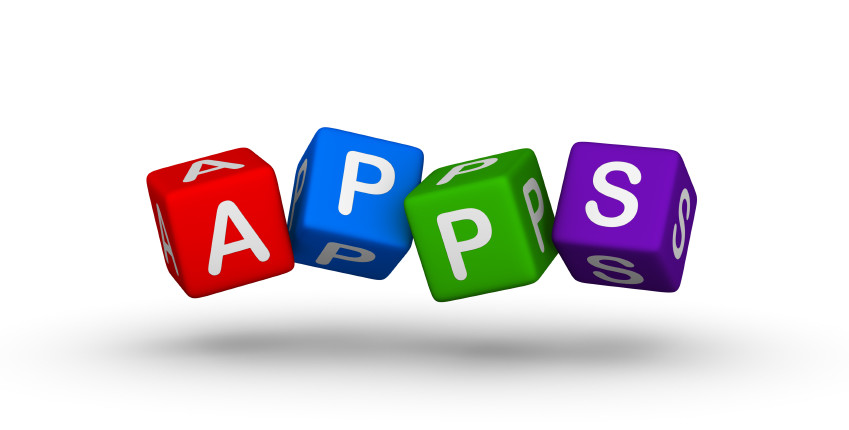In my last post I introduced the concept of Motivation 3.0 and explained how it is the secret to an engaged workforce. I went on to define Autonomy (one of the three main components of Motivation 3.0) and how leaders need to give their employees autonomy over their roles at work. Today, I will define the second component of Motivation 3.0, Mastery.

Mastery
Mastery is defined as an individual’s desire to get continuously better at something that matters to that individual. This desire to improve in a particular area occurs when that individual experiences an activity that motivates and captivates them. Teresa Amabile said “The desire to do something because you find it deeply satisfying and personally challenging inspires the highest levels of creativity, whether it’s in the arts, sciences or business.“
Daniel Pink defined it this way “in flow, the relationship between what a person had to do and what he could do was perfect. The challenge wasn’t too easy. Nor was it too difficult. It was a notch or two beyond his current abilities, which stretched the body and mind in a way that made the effort in itself the most delicious reward. That balance produced a degree of focus and satisfaction that easily surpassed other, more quotidian, experiences. In flow, people lived so deeply in the moment, and felt so utterly in control, that their sense of time, place and even self, melted away. They were autonomous, of course. But even more than that, they were engaged.“



